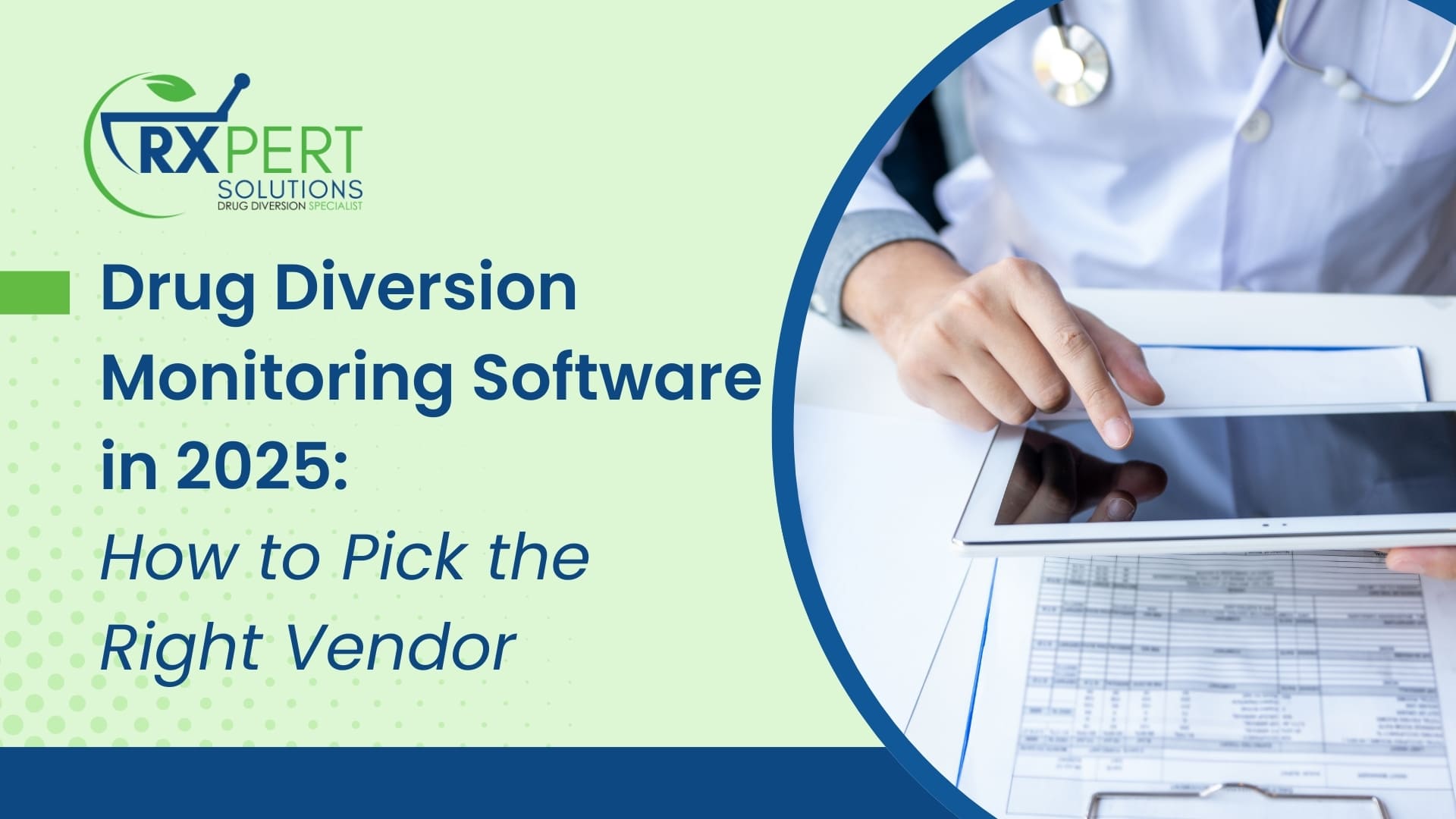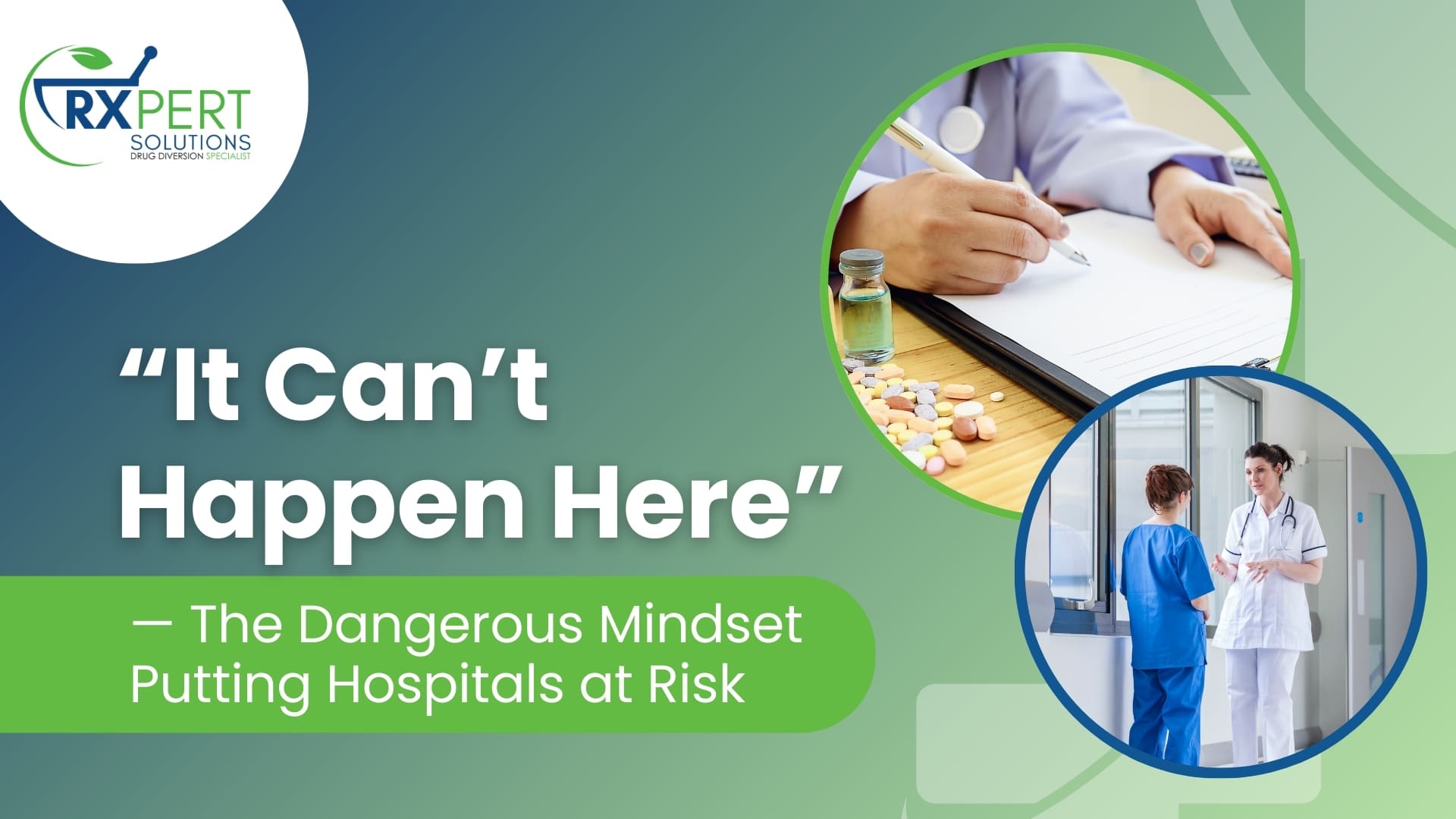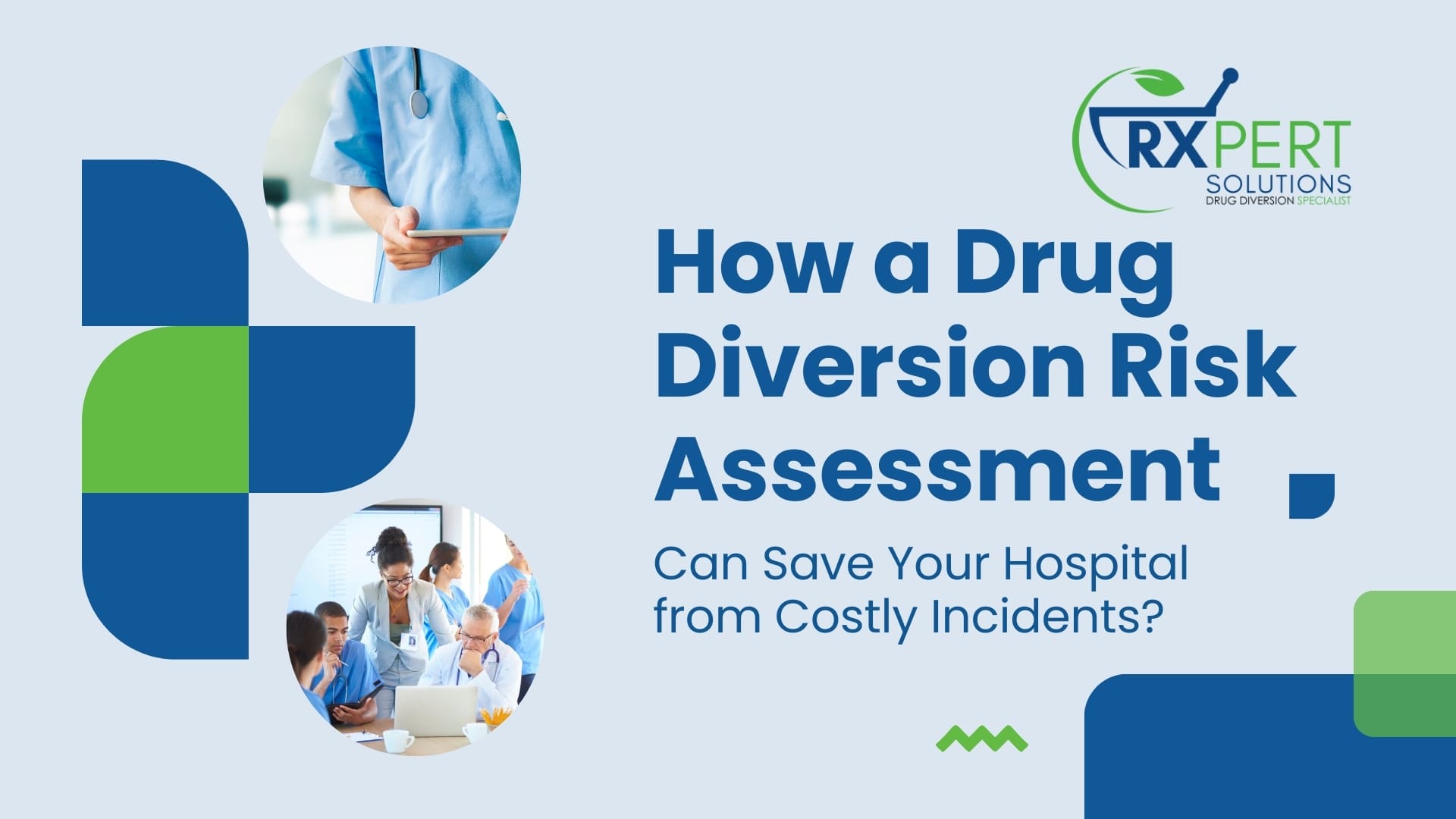During the past few years, the opioid epidemic has been the most significant healthcare crisis in America. Addiction to prescription opioids and other opioids dramatically increases rates of morbidity and mortality, and that’s why many hospitals are looking for alternatives to address patients’ pain. St. Joseph’s Regional Medical Center was one of the first to pioneer this approach, but now many more hospitals are offering non-opioid options for their emergency departments and surgeries.
Given the addictive nature of opioids, many hospitals are now rethinking the use of these painkillers and are beginning to offer non-opioid alternatives for pain management. There are several non-opioid alternatives for pain management, including corticosteroids, anti-inflammatory drugs, nerve block injections, and physical therapy. Each option has its own benefits and drawbacks, but they all offer advantages over opioids.
Benefits of Using Non-Opioid Painkillers
- Reduces Risk of Addiction: There is immense concern about opioid addiction, which has significantly impacted healthcare facilities nationwide. Opioid painkillers are highly addictive and often used for more extended periods of time than necessary, resulting in a higher probability of developing an addiction. Therefore, non-opioid alternatives can minimize the risk of addiction to these painkillers. In addition, multiple studies have shown that a patient’s pain can be managed just as effectively using non-opioid options as with opioids.
- Less Sedative Than Opioids: Non-opioid alternatives tend to cause less sedation than opioids. Patients who take non-opioid medication recover faster, experience fewer adverse effects, and are more comfortable during their hospital stay. Painkillers such as acetaminophen, ibuprofen, and ketorolac are all effective in managing mild to moderate pain, and they avoid the sedative effects that may increase the risk of complications. In addition, non-opioid options can also reduce the overall time patients spend in the hospital, thereby improving their general quality of life.
- Faster Recovery for Patients: Non-opioid alternatives can assist in the fast recovery of patients. While opioids provide pain relief, there are side effects such as constipation, nausea, and drowsiness. On the other hand, non-opioid alternatives have comparatively fewer side effects, which means patients can get up and start moving again sooner. By reducing the duration of a patient’s hospital stay, non-opioid treatments result in fewer hospital-acquired infections, hospital readmissions, and fewer healthcare costs.
- Safer for Recovering Addicts: Non-opioid alternatives provide a safer method for pain management for those in recovery from opioid use disorder. Patients who are in opioid-use disorder recovery may face relapse due to the use of traditional opioid painkillers. With the rising overdose rate alongside the opioid epidemic, hospitals want to reduce the incidence of fatal overdoses through non-opioid options.
Offering non-opioid alternatives can benefit both patients and healthcare providers. Patients who receive non-opioid treatments recover more quickly and are at a lower risk of developing an addiction. Healthcare providers can also reduce the amount of opioids they prescribe, potentially helping to mitigate the opioid epidemic and drug diversion within the facility. It’s important to note that non-opioid alternatives aren’t always appropriate or effective for every situation. Some patients may still require opioids for effective pain management. However, healthcare providers can work with patients to find the best treatment plan for their individual needs, which may or may not include opioids.
Non-opioid alternatives are becoming more prevalent, and it is an encouraging sign that hospitals can tackle the opioid epidemic more effectively. Patients should receive the best treatment, and non-opioid alternatives offer many benefits that traditional opioid painkillers do not. Non-opioid medications help reduce the risk of addiction, decrease the duration of a patient’s hospital stay, reduce the cost of healthcare and help to mitigate diversion of opioids. The healthcare system must continue to look at every option to address the opioid epidemic, and non-opioid alternatives can play an important role in addressing this problem and providing patients with a higher quality of care.






